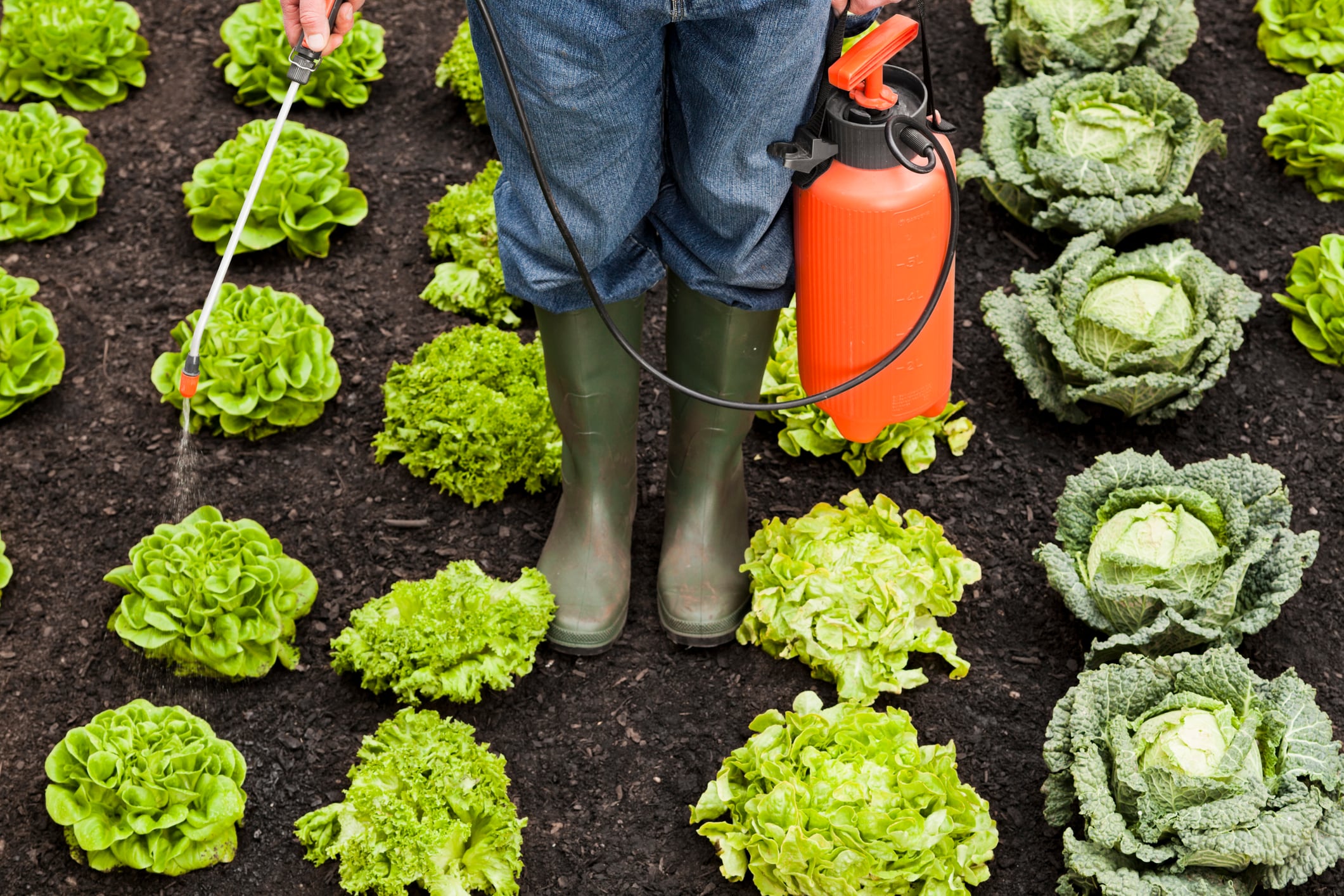At high levels, human exposure to pesticides can result in illnesses such as heart, respiratory or neurological disease and cancer, according to the European Environment Agency (EEA).
However, in the European Union, the likelihood of this happening due to residues in food is low, according to a new report from the European Food Safety Authority (EFSA).
The report presents data from food samples collected in 2023, ascertaining the levels of pesticides they contain. Using random and targeted monitoring programmes, thousands of samples of commonly consumed products were analysed.
What food was analysed?
In random sampling, 13,246 samples collected in EU member states, as well as Norway and Iceland, were analysed by the EFSA, looking at the 12 of the most commonly consumed food products in the EU.
These food products included cauliflowers, onions, pears, potatoes, carrots, rye, brown rice, dried beans, poultry fat, bovine liver, oranges, and green, red and yellow kiwi fruits.
Some 99% of samples analysed from random sampling were compliant with EU legislation, a similar figure to when the same analysis was carried out in 2020.
In fact, 70% of the products analysed were free of quantifiable residues, with a further 28% containing residues which were within legal limits.
Just 2% of samples exceeded maximum residue levels, 1% of which was non-compliant after, according to the EFSA, taking into account measurement uncertainty.
Targeted sampling also showed the majority of foods as being within safe levels of pesticide content. Out of 132,793 samples, 98% were compliant with EU legislation, similar to levels recorded in 2021 and 2022.
Of these samples, 58% contained no quantifiable residues, 38.3% containing residues within legal limits. 3.7% exceeded maximum residue levels, and 2% were non-complaint.
Of the products analysed through targeted sampling, dried beans and rice had the highest levels of non-compliance, at 3.5% and 3.4% respectively. Perhaps unsurprisingly, bovine liver and poultry fat were at no point found to contain non-compliant levels.
How significant is the risk to consumers?
Further to the analysis of foodstuffs, the EFSA also conducted a dietary risk assessment, to ascertain how significant the risk to consumer health was from the residues of pesticides in the foods above.
The risk assessment concluded that, from the levels of pesticides found here, the risk to consumers was low.
See further data here.


